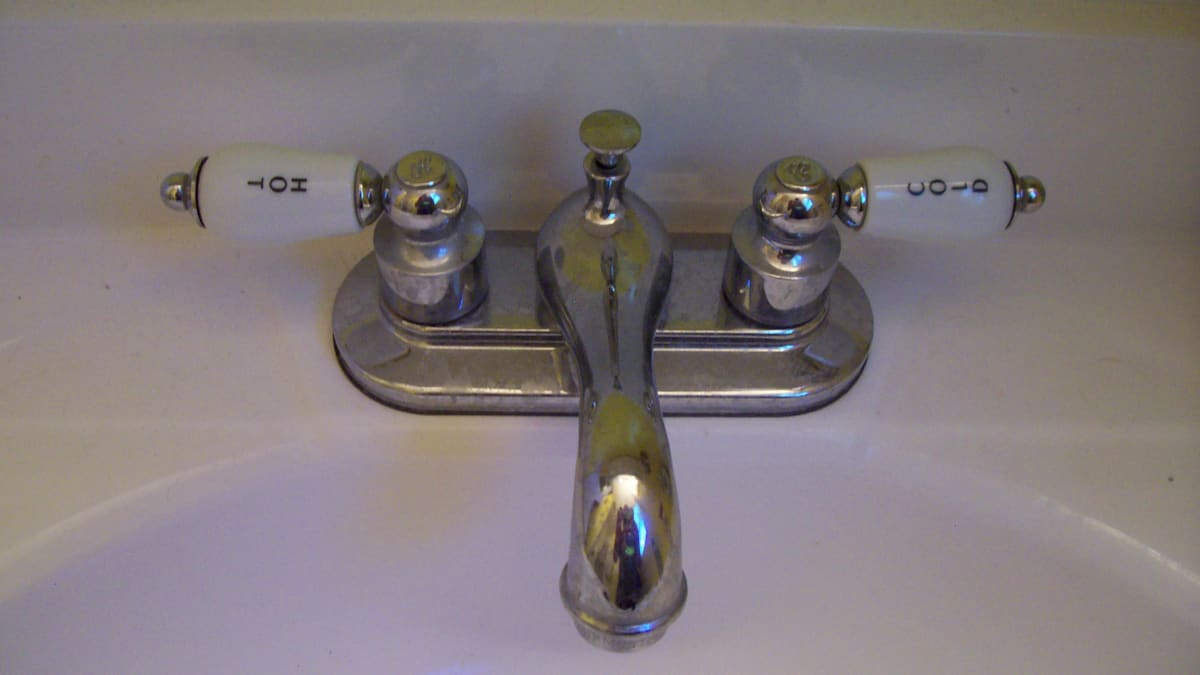Avoid using your leaky bathroom if possible. The water that flows from your bathroom is dirty and can cause unpleasant odors and possible health risks. The presence of standing water near the toilet can also damage the floor and subflooring and the ceiling on the first floor if the affected bathroom is on the second floor.
Identifying And Correcting The Leak
Loose tee screws. Screws are plastic screws found at the base of your bathroom. Loose or defective screws can break the inner seal of the wax, causing leaks. Remove the plastic caps from the strip screws and use an adjustable or open-ended spanner to tighten the screws. It is also essential to ensure that your bathroom is positioned correctly on the floor. A tilted or uneven toilet can break the seal and put undue pressure on the screws. You will need to replace your screws if they are frozen or rotate freely.
Replacing A Damaged Wax Ring
If you still have leaks after tightening the screws, you may have a damaged wax ring. Replacing a wax ring is simple, but it will require removing your toilet from the floor. Always call a professional or best company near me if you are unsure about how to perform this repair.
Here is a quick guide to help you replace your wax ring:
Buy a new wax ring. Wax rings come in several varieties. If you are not sure which replacement will work for your bathroom, ask a hardware store employee or professional.
Remove the toilet. Start by turning off the water for your bathroom. Wash the bathroom to drain the water from the tank and bowl. Then unscrew the nut that holds the filling valve in place (this should be the giant nut closest to the bottom of the tank) and use a bucket to catch the remaining water as it drains. Use a plunger to force any remaining water from the toilet. Remove the water supply line by loosening the nut that holds the line in place. In many models, the nut is located below the toilet tank and attached to the line itself. Once the nut is loose, the water supply must slide out. Finally, use an adjustable, open-ended, or socket wrench to loosen screws t. If your screws are corroded and do not rotate or rotate in place, use a saw to cut each screw.
Lift the bathroom. Lift the toilet and set it aside. You may have to rock the bathroom gently to break the seal. The bathrooms have a common center of gravity, making them difficult to lift on your own. It is a good idea to have someone to help you avoid injury or damage to your bathroom. After you have removed the toilet, inspect the screws t. Buy a new set if it is rusty or corroded.
Remove the old wax ring. Scrape the old ring, making sure to remove any stuck wax. Older wax rings build up a dirty residue over time, so ensure you have gloves and garbage bags ready. Do not forget to clean the essential grooves of the fixing screws on the flange (the metal ring over the drain).
Install the new wax ring. Place your new wax ring on the flange and slide its screws t on the keys on the side of the flange.
Replace your bathroom. Lift the toilet, align the holes on the toilet side with the T-screws and place the toilet down. Use your body weight to press the toilet on the wax ring to create a waterproof seal.
Secure the bathroom. Put the washers and nuts back on the screws and tighten them. Make sure the tees screws are firm but not too tight. Excessive tightening can lead to cracked porcelain.
Reconnect the waterline. Reconnect the water line and connect the water supply valve.
Test the bathroom. Wash your bathroom when the tank is full and look for leaks. Don’t forget that the services of professionals like https://climatecontrolexperts.com/plumbing/ would be the best in this situation.


